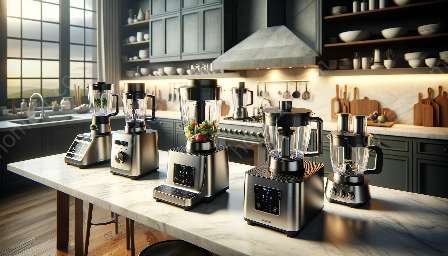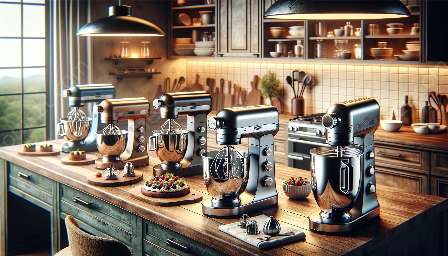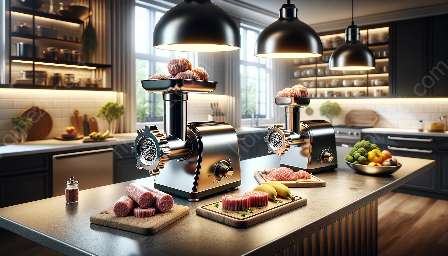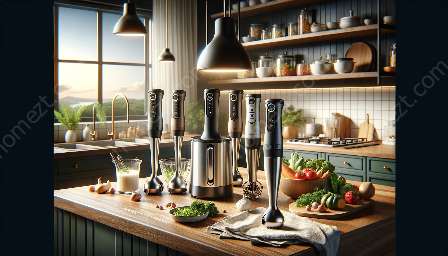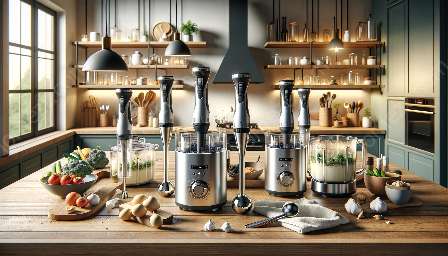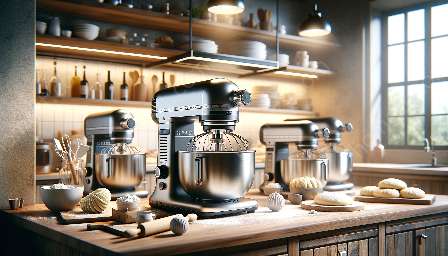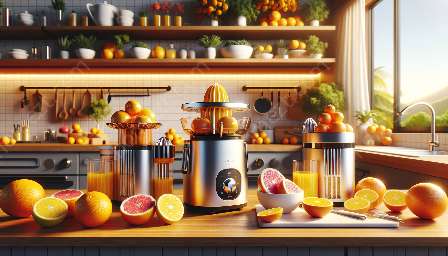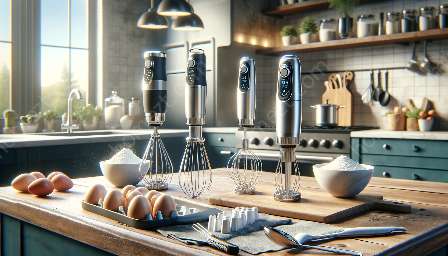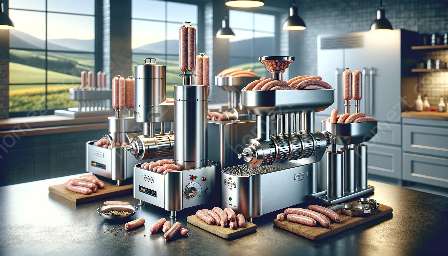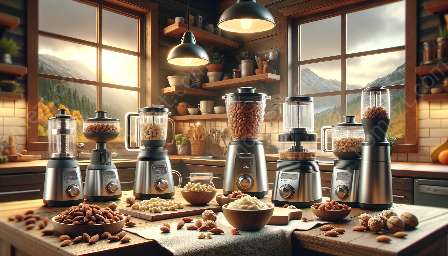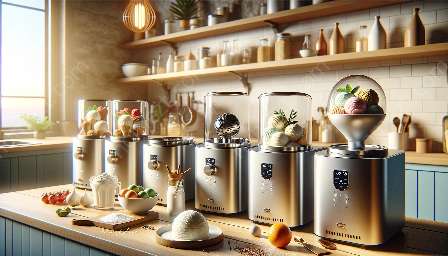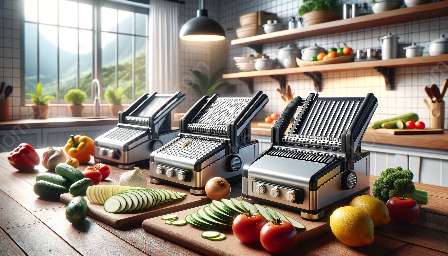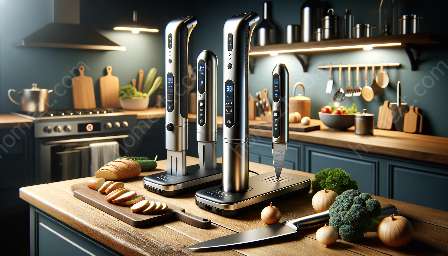Introduction
Coffee has been an integral part of people's lives for centuries, and the art of grinding coffee beans is an essential part of the coffee brewing process. In this comprehensive guide, we will delve into the world of coffee grinders, exploring their importance, types, and compatibility with food processors and other home appliances.
The Importance of Coffee Grinders
The freshness and flavor of a cup of coffee are greatly influenced by the grinding process. By grinding coffee beans just before brewing, you can preserve the aroma and taste, resulting in a more flavorful and aromatic cup of coffee. A coffee grinder allows you to control the coarseness or fineness of the grind, enabling you to tailor the coffee to your preferred brewing method.
Types of Coffee Grinders
Blade Grinders: Blade grinders are affordable and easy to use, making them a popular choice for home brewing. They work by chopping the coffee beans with a spinning blade. While they are suitable for drip or French press coffee, they may not provide consistent grind sizes.
Burr Grinders: Burr grinders are known for their consistent grind size and are preferred by coffee enthusiasts. They use two serrated plates or burrs to crush the coffee beans into a uniform size, allowing for better extraction and flavor in the coffee.
Manual Grinders: For those who appreciate the ritual of handcrafting their coffee, manual grinders offer a traditional and precise grinding experience. These grinders are often compact and portable, making them suitable for travel or outdoor use.
Coffee Grinders and Food Processors
Coffee grinders and food processors share some similarities in terms of their function and components. While both are designed to process ingredients, it's important to note that they have distinct purposes. Food processors are equipped with various attachments and blades to handle a wide range of food preparation tasks, including chopping, slicing, and pureeing, while coffee grinders are specifically designed to grind coffee beans.
However, some food processors come with additional attachments or specific modes designed for grinding coffee beans. This dual functionality can be convenient for individuals seeking versatility in their kitchen appliances. It's essential to refer to the product specifications and user manuals to understand the compatibility and usage guidelines for grinding coffee beans with a food processor.
Coffee Grinders and Home Appliances
Coffee grinders can complement a range of home appliances, enhancing the overall coffee brewing experience. For example, pairing a coffee grinder with a coffee maker allows for freshly ground coffee to be used immediately in the brewing process, resulting in a richer and more flavorful cup of coffee. Additionally, some advanced home espresso machines feature integrated coffee grinders, offering a seamless and convenient way to grind and brew espresso at home.
Furthermore, coffee grinders can be integrated into smart home systems, allowing users to control the grinding process remotely and customize the grind settings using compatible home automation platforms.
Conclusion
A coffee grinder is an invaluable tool for coffee enthusiasts and anyone who appreciates the art of brewing a perfect cup of coffee. Understanding the different types of coffee grinders, their compatibility with food processors, and their integration with home appliances provides insights into the diverse ways in which coffee grinders can elevate the coffee brewing experience.
Whether you prefer the convenience of a blade grinder, the precision of a burr grinder, or the traditional charm of a manual grinder, there is a coffee grinder that suits your preferences and lifestyle. By exploring the intertwining world of coffee grinders, food processors, and home appliances, you can unlock new possibilities in crafting the perfect cup of coffee at home.

